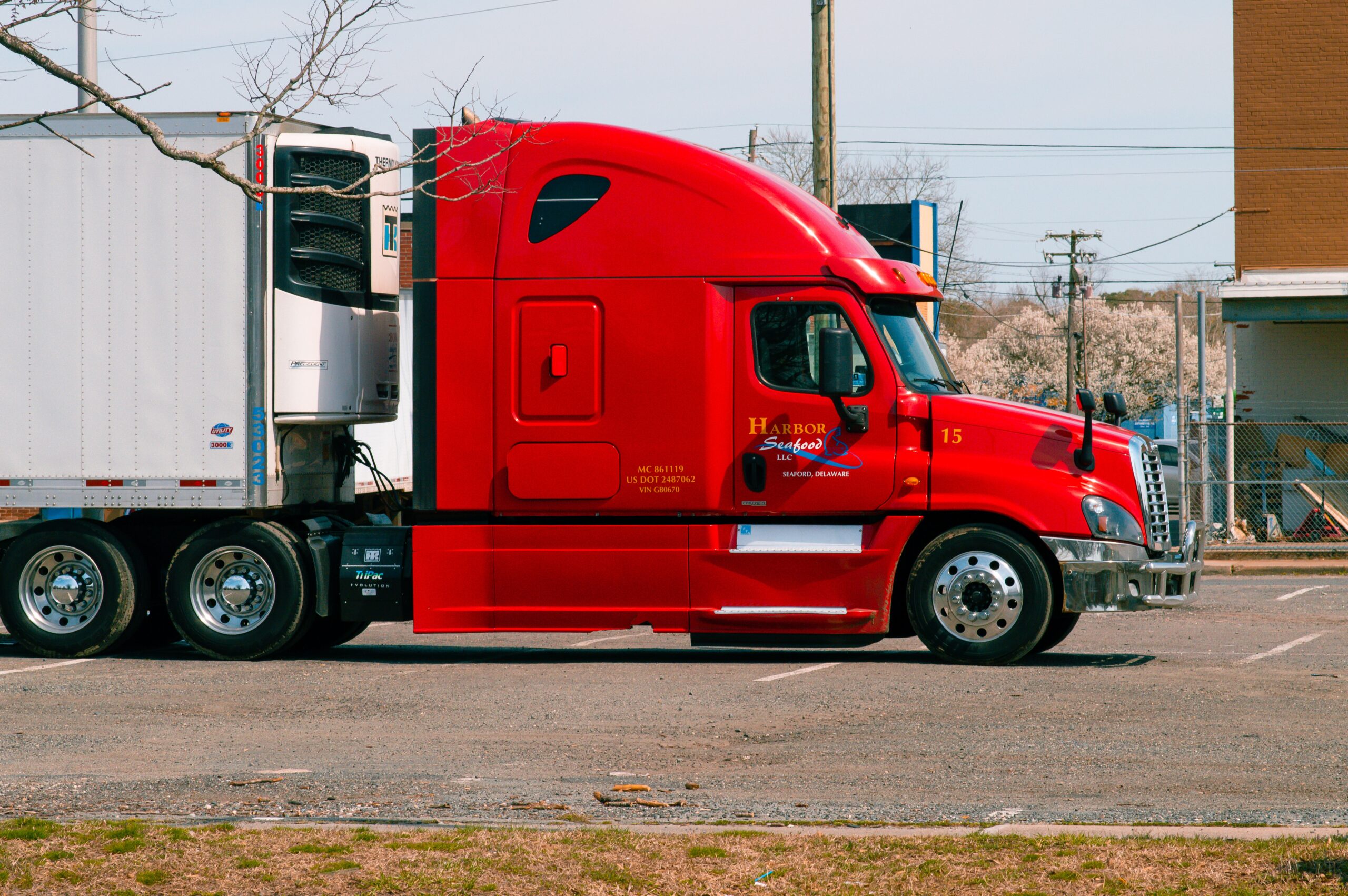The goal of the branch of study known as computer vision is to make it possible for computers to comprehend and interpret visual data from the outside world, including pictures and movies. A wide range of applications, including image and video processing, object recognition, facial recognition, self-driving cars, and medical imaging, can make use of this technique, which entails the use of computer algorithms to process, analysze, and comprehend visual data. To increase efficiency and accuracy, computer vision systems are frequently utilized in conjunction with machine learning and deep learning methods. These systems can be created to operate in real-time.
The term “increasing fleet productivity” describes actions made to increase the efficacy and efficiency of a group of vehicles or vessels that are employed for a single function, such as delivery, logistics, or transportation. This may entail integrating new technology, improving communications and coordination, optimizing routes, or training staff. The objective is to maximize resource utilization while lowering expenses and improving customer service.
AI and computer vision can help increase fleet productivity by providing real-time insights into vehicle and driver performance, optimizing routes and schedules, and identifying areas for improvement.
Real-time monitoring: AI and computer vision can be used to monitor vehicles in real time, providing insights into things like speed, fuel consumption, and driver behavior. This can help companies optimize routes and schedules to increase.
Productivity: Driver monitoring and coaching: AI and computer vision can be used to monitor driver behavior, such as speed and braking, to identify areas where drivers can improve, and provide coaching to help them do so. This can help increase productivity by reducing accidents and fuel consumption.
Vehicle routing and scheduling: AI algorithms can be used to optimize routes and schedules for fleet vehicles, reducing fuel consumption and increasing productivity.
Object detection: Computer vision can be used to detect objects in a vehicle’s environment, such as other vehicles and pedestrians, to improve safety and avoid accidents.
Autonomous vehicles: AI and computer vision are crucial components in the development of autonomous vehicles, which have the potential to revolutionize fleet management by increasing productivity, reducing costs, and increasing efficiency.
Overall, AI and computer vision can help increase fleet productivity by providing real-time insights into vehicle and driver performance, optimizing routes and schedules, and identifying areas for improvement. This can lead to increased efficiency, reduced costs, and improved safety.









